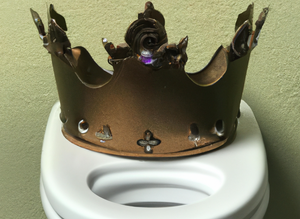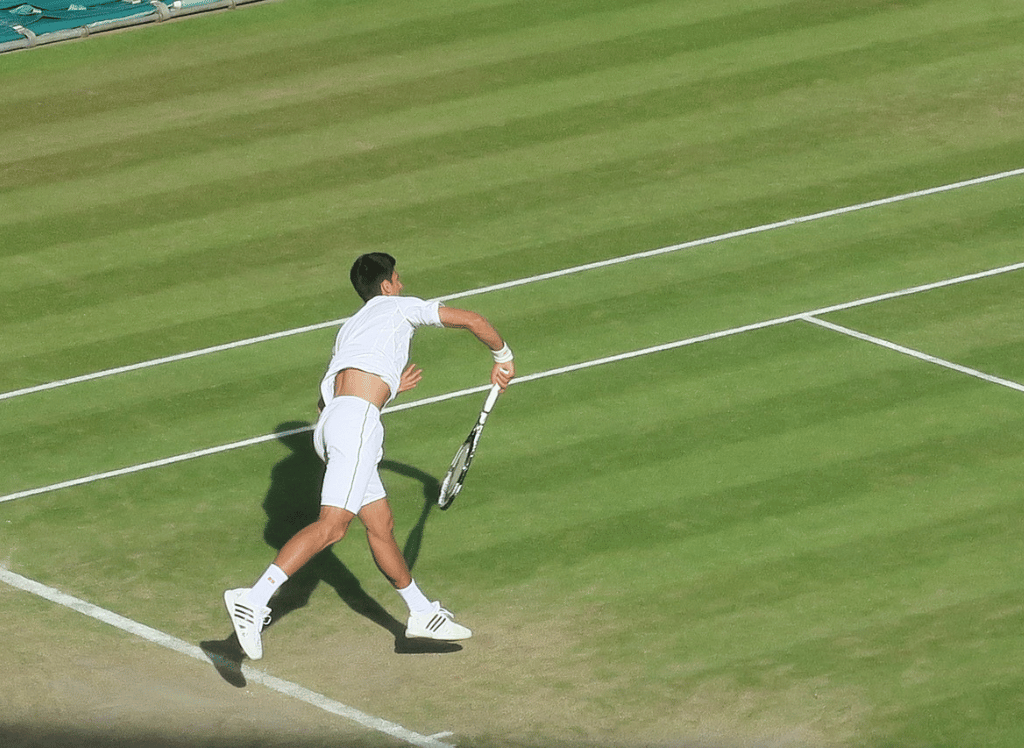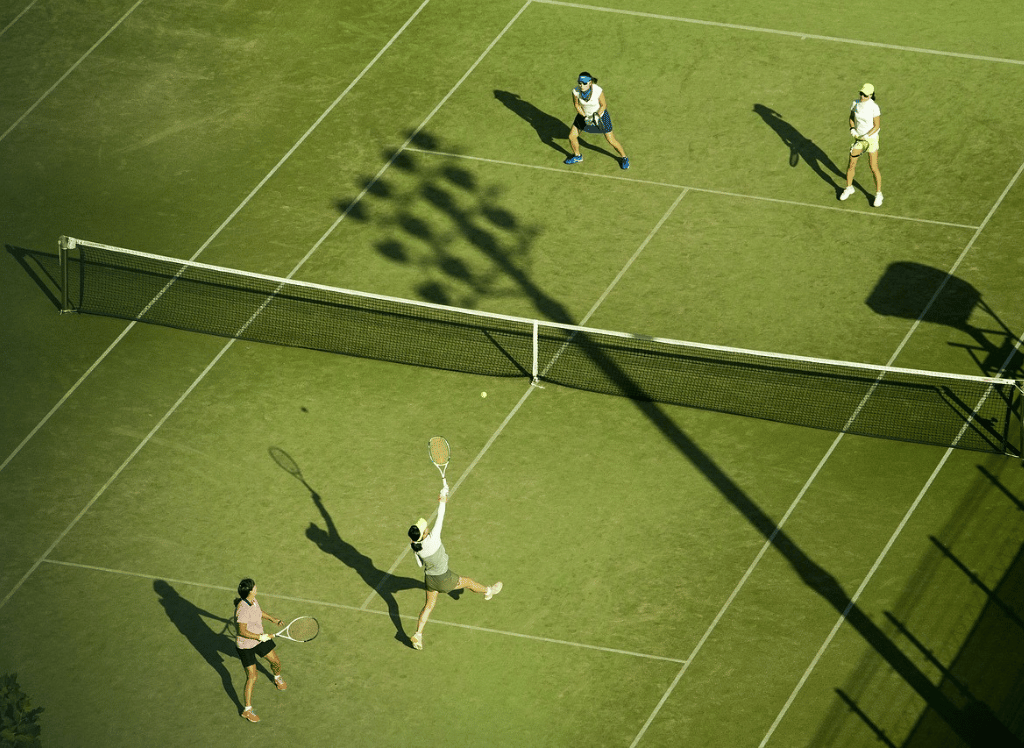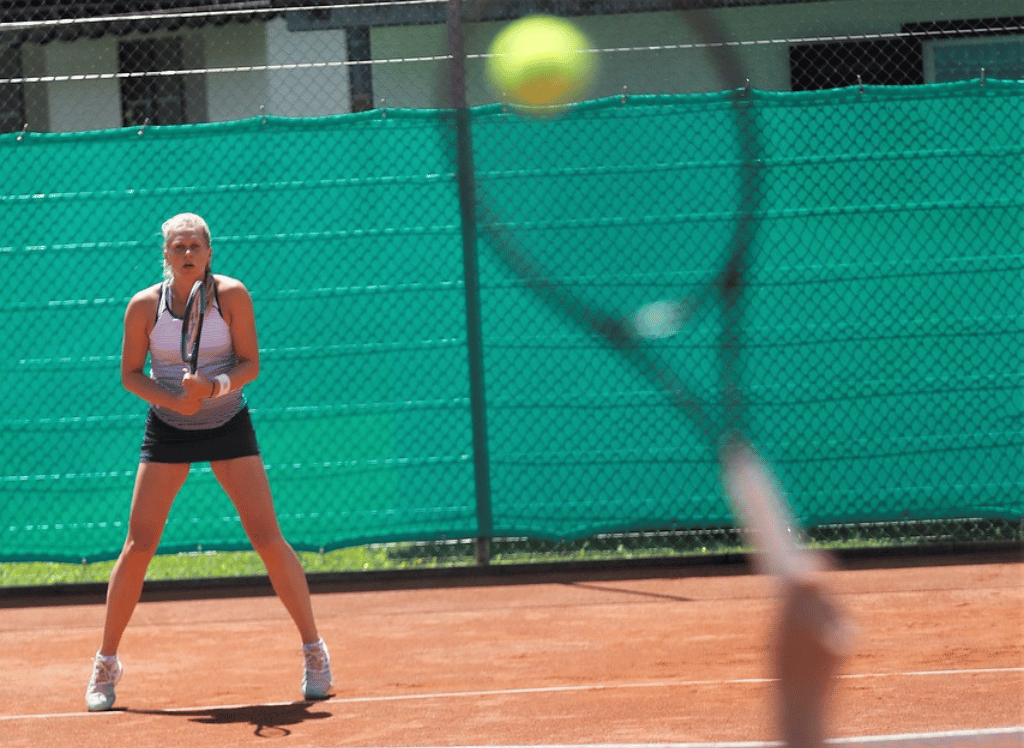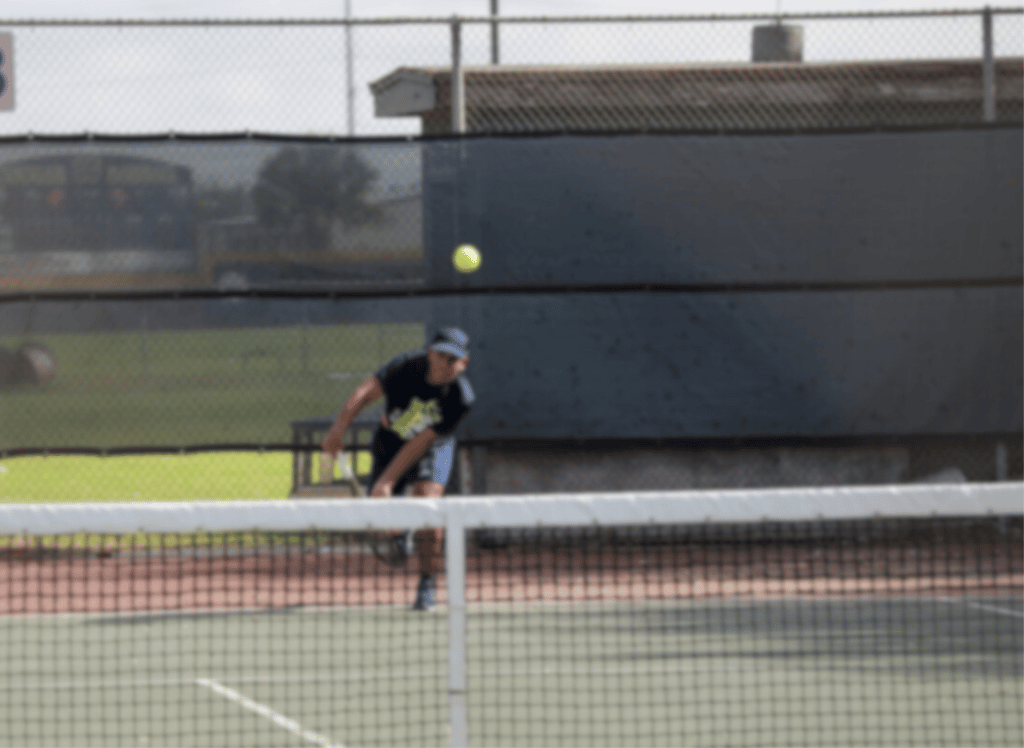Tennis is a fantastic sport that combines agility, strength, and strategy. But let's face it, tennis injuries are as inevitable as a bad hair day. Whether you're a pro or just a weekend warrior, injuries can strike faster than a Roger Federer serve. So let's see some of the most common tennis injuries and how to avoid them, all while keeping a smile on your face.
Tennis Elbow
Tennis elbow, or lateral epicondylitis, is the bane of many tennis players. This overuse injury affects the forearm muscles and tendons, causing pain and tenderness on the outside of the elbow. It's like your elbow is throwing a tantrum every time you hit a backhand.
To avoid this common injury, ensure you have the appropriate string tension on your racket and avoid sudden movements that strain your forearm muscles. If you do get tennis elbow, physical therapy and cortisone injections can help relieve pain and get you back on the court.
Ankle Sprains
Ankle sprains are another frequent visitor in the world of tennis. These injuries occur when the ankle joint is twisted or turned awkwardly, often during quick, explosive movements. It's like your ankle decided to take a detour while the rest of your body kept going straight.
To prevent ankle sprains, invest in proper footwear and consider ankle braces for added support. If you do sprain your ankle, rest, ice, compression, and elevation (RICE) are your best friends. And remember, don't rush back to play tennis until you're fully healed.
Rotator Cuff Tears
Shoulder injuries, particularly rotator cuff tears, are common among tennis players. The rotator cuff is a group of muscles and tendons that stabilize the shoulder joint. Overuse or improper technique can lead to tears, causing shoulder pain and limited range of motion.
To avoid rotator cuff tears, focus on strengthening your shoulder muscles and maintaining proper form during tennis strokes. If you experience shoulder pain, consult a physical therapist for exercises and treatments to help you recover.
Stress Fractures
Stress fractures are tiny cracks in the bone caused by repetitive stress. In tennis, these often occur in the lower legs and feet. It's like your bones are whispering, "Hey, take it easy!"
To prevent stress fractures, ensure you're following an appropriate exercise program and not overloading your body. If you suspect a stress fracture, rest and consult a sports medicine specialist for a proper diagnosis and treatment plan.
Jumper's Knee
Jumper's knee, or patellar tendonitis, is an overuse injury affecting the patellar tendon, which connects the kneecap to the shinbone. This injury is common in sports involving jumping and sudden movements, like tennis. It's like your knee is saying, "Enough with the bouncing already!"
To prevent jumper's knee, focus on strengthening your quadriceps and hamstrings and avoid overtraining. If you develop this injury, rest and physical therapy can help you get back on track.
Tennis Leg
Tennis leg refers to a tear in the calf muscle, often caused by sudden, explosive movements. It's like your calf muscle decided to take a break without informing you. This injury can be quite painful and may require a significant recovery period.
To prevent tennis leg, ensure you're properly warmed up before playing tennis and incorporate calf-strengthening exercises into your routine. If you do experience a calf tear, rest, ice, and physical therapy are essential for recovery.
Shoulder Impingement
Shoulder impingement occurs when the shoulder's tendons are pinched during overhead movements, causing pain and inflammation. It's like your shoulder is stuck in a traffic jam every time you serve.
To avoid shoulder impingement, focus on maintaining good posture and strengthening your shoulder muscles. If you experience this issue, physical therapy and anti-inflammatory treatments can help alleviate the pain.
Golfer's Elbow
Golfer's elbow, or medial epicondylitis, is similar to tennis elbow but affects the inside of the elbow. This overuse injury is caused by repetitive wrist and forearm movements. It's like your elbow is throwing a party, and pain is the uninvited guest.
To prevent golfer's elbow, ensure you're using proper technique and not overloading your forearm muscles. If you develop this injury, rest and physical therapy can help you recover.
Anterior Cruciate Ligament (ACL) injury
ACL injuries are serious knee injuries that can occur during sudden changes in direction or awkward landings. It's like your knee decided to play a cruel joke on you. These injuries often require surgery and extensive rehabilitation.
To prevent ACL injuries, focus on strengthening your leg muscles and improving your agility. If you do suffer an ACL injury, consult a sports medicine specialist for a proper treatment plan.
Overuse Injuries
Overuse injuries are common in tennis due to the repetitive nature of the sport. These injuries can affect various parts of the body, including the shoulders, elbows, and knees. It's like your body is slowly burning out from all the action.
To prevent overuse injuries, ensure you're following a balanced exercise program and not overtraining. If you develop an overuse injury, rest and physical therapy are crucial for recovery.
Common Tennis Injuries FAQs
What is the most common tennis injury?
The most common tennis injury is tennis elbow, or lateral epicondylitis, which affects the forearm muscles and tendons.
How can I prevent ankle sprains while playing tennis?
To prevent ankle sprains, invest in proper footwear, consider using ankle braces, and always warm up before playing.
What should I do if I suspect a stress fracture?
If you suspect a stress fracture, rest immediately and consult a sports medicine specialist for a proper diagnosis and treatment plan.
Can you play tennis with rotator cuff injury?
No, it is not recommended to play tennis with a rotator cuff injury as it can worsen the injury and delay recovery. It is essential to seek proper medical treatment and allow sufficient time for healing before returning to the sport. Always listen to your body and consult a doctor before playing with any type of injury.
How to avoid tennis injuries?
To avoid tennis injuries, make sure to warm up properly before playing and incorporate strength and flexibility exercises into your training routine. Additionally, use proper technique and take breaks when needed to prevent overuse injuries. If you do experience pain or injury, rest and seek medical treatment immediately.
Summary
Tennis injuries are as common as a sunny day in Florida, but with the right precautions, you can keep them at bay. From tennis elbow to ACL injuries, understanding the most common tennis injuries and how to prevent them is crucial for staying in the game. Remember, proper footwear, warm-up routines, and physical therapy can make a difference. So keep swinging that racket and enjoy the game!

